Here’s a detailed blog outline for “The Best Time to Plant Trees: Seasonality Tips”:
Introduction
- Brief overview of the importance of timing when planting trees.
- Mention how planting trees at the right time promotes better root establishment, growth, and overall health.
- Introduce the idea that timing varies depending on tree species, climate, and local conditions.
1. Why Timing Matters in Tree Planting
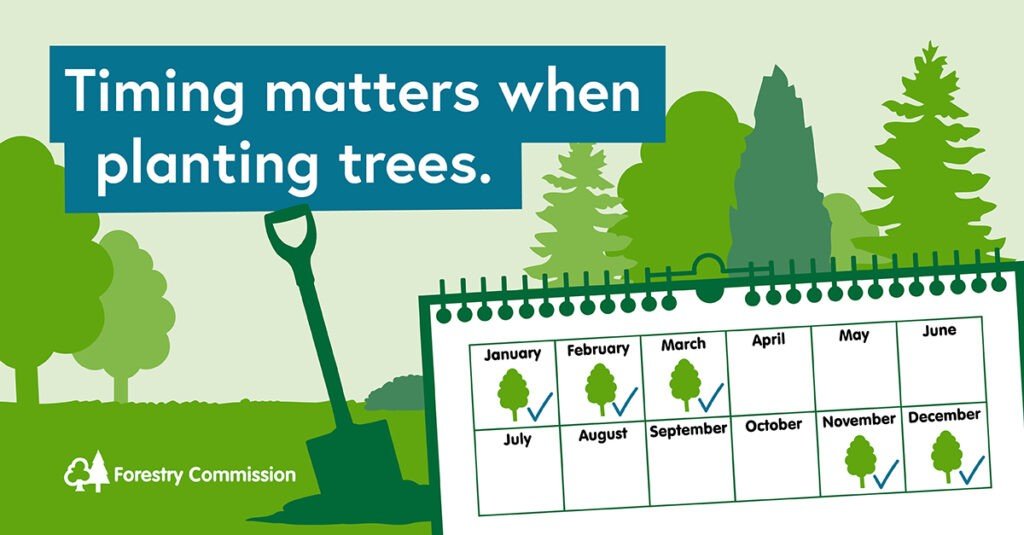
1.1 Establishing Strong Roots
- Explain how trees need time to develop strong roots before facing temperature extremes like winter cold or summer heat.
- Early root establishment leads to better nutrient and water uptake, which supports long-term growth.
1.2 Avoiding Stress
- Planting at the right time helps trees avoid unnecessary stress from extreme weather conditions, pests, or disease.
2. Best Time to Plant Trees Based on Season
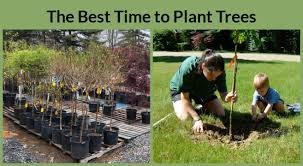
2.1 Spring Planting
- Advantages: Soil is warming up, plenty of moisture from rain, and trees have an entire growing season to establish roots.
- Best for: Deciduous trees, fruit trees, and flowering trees.
- Considerations: Avoid late spring planting in hot climates, as young trees can struggle in the heat.
2.2 Fall Planting
- Advantages: Cooler temperatures reduce water stress, while still-warm soil allows root growth until the ground freezes.
- Best for: Most tree species, especially evergreens and large shade trees.
- Considerations: Fall planting gives trees a head start in spring, but ensure they’re in the ground before the first frost.
2.3 Summer Planting
- Advantages: Not typically recommended, but in cool or coastal climates, some trees can be planted with sufficient watering.
- Best for: Container-grown trees, provided they receive extra care and irrigation.
- Considerations: High temperatures and dry conditions can stress young trees, so it’s best to avoid planting in the middle of summer.
2.4 Winter Planting
- Advantages: In mild climates, trees can be planted in winter when they are dormant, reducing stress.
- Best for: Deciduous trees and bare-root trees in areas without severe frost.
- Considerations: Avoid planting in frozen ground, as roots won’t be able to establish properly.
3. Regional Considerations: When to Plant Based on Climate
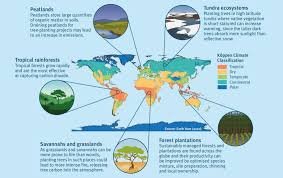
3.1 Temperate Climates
- Best planting times are spring and fall due to moderate weather and ample rainfall.
- Ensure trees are planted at least 6 weeks before the first frost in fall, or after the last frost in spring.
3.2 Tropical and Subtropical Climates
- Plant trees during the rainy season to ensure they receive adequate moisture.
- Avoid planting during extreme heat or drought periods.
3.3 Arid and Desert Climates
- Early spring and late fall are ideal to avoid the extreme heat of summer.
- Provide supplemental water to help young trees establish.
3.4 Cold and Mountainous Climates
- Early spring is the best time, right after the last frost.
- Fall planting is possible but should be done early to give trees time to root before the first freeze.
4. Choosing Trees Based on Seasonality
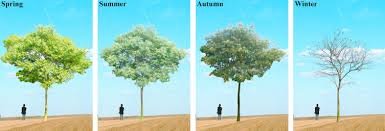
4.1 Bare-Root Trees
- Best planted in: Late fall or early spring when trees are dormant.
- Explain that bare-root trees are less expensive but need to be planted quickly to avoid drying out.
4.2 Container-Grown Trees
- Best planted in: Spring or fall.
- These trees are easier to plant at any time, but extreme summer heat should be avoided.
4.3 Balled and Burlapped Trees
- Best planted in: Spring or fall.
- These larger, field-grown trees need time to establish, so planting in cooler months reduces transplant shock.
5. Additional Tree Planting Tips
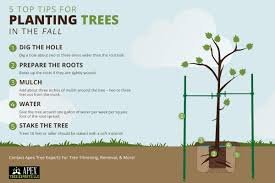
5.1 Proper Watering After Planting
- Watering newly planted trees is crucial for their establishment. Trees planted in the fall or spring benefit from cooler temperatures, which reduce evaporation, but they still need regular watering.
5.2 Mulching to Protect Roots
- Apply mulch around the base of newly planted trees to conserve moisture, protect roots from temperature extremes, and prevent weed growth.
5.3 Avoid Fertilizing Right After Planting
- Fertilization is not recommended immediately after planting, as it can stress the tree. Focus on watering and proper care instead.
6. Common Mistakes to Avoid When Planting Trees

- Planting Too Late or Too Early: Waiting too long into fall or planting too early in spring can result in frost damage.
- Overwatering or Underwatering: Finding the right balance for watering, especially during the first few weeks after planting, is essential for tree health.
- Ignoring Local Conditions: Trees that thrive in one region may not be suitable for another. Always check the local climate and soil requirements.
Conclusion
- Summarize the best times to plant trees depending on seasonality and regional factors.
- Encourage readers to plan ahead and plant trees during optimal times to ensure healthy growth and long-term success.
- Call to action: Invite readers to explore the tree species on your website, providing personalized advice on planting times for different regions.
This outline will help readers understand the ideal times to plant trees while offering tips for ensuring successful tree growth.


